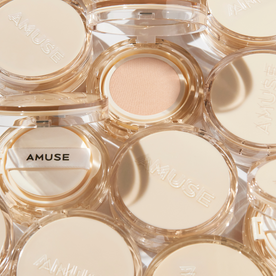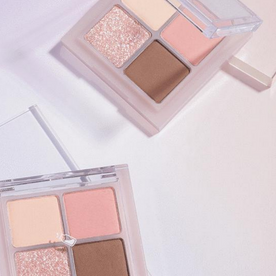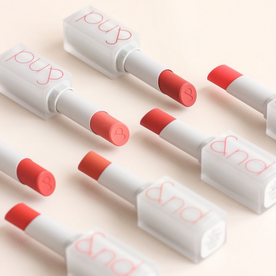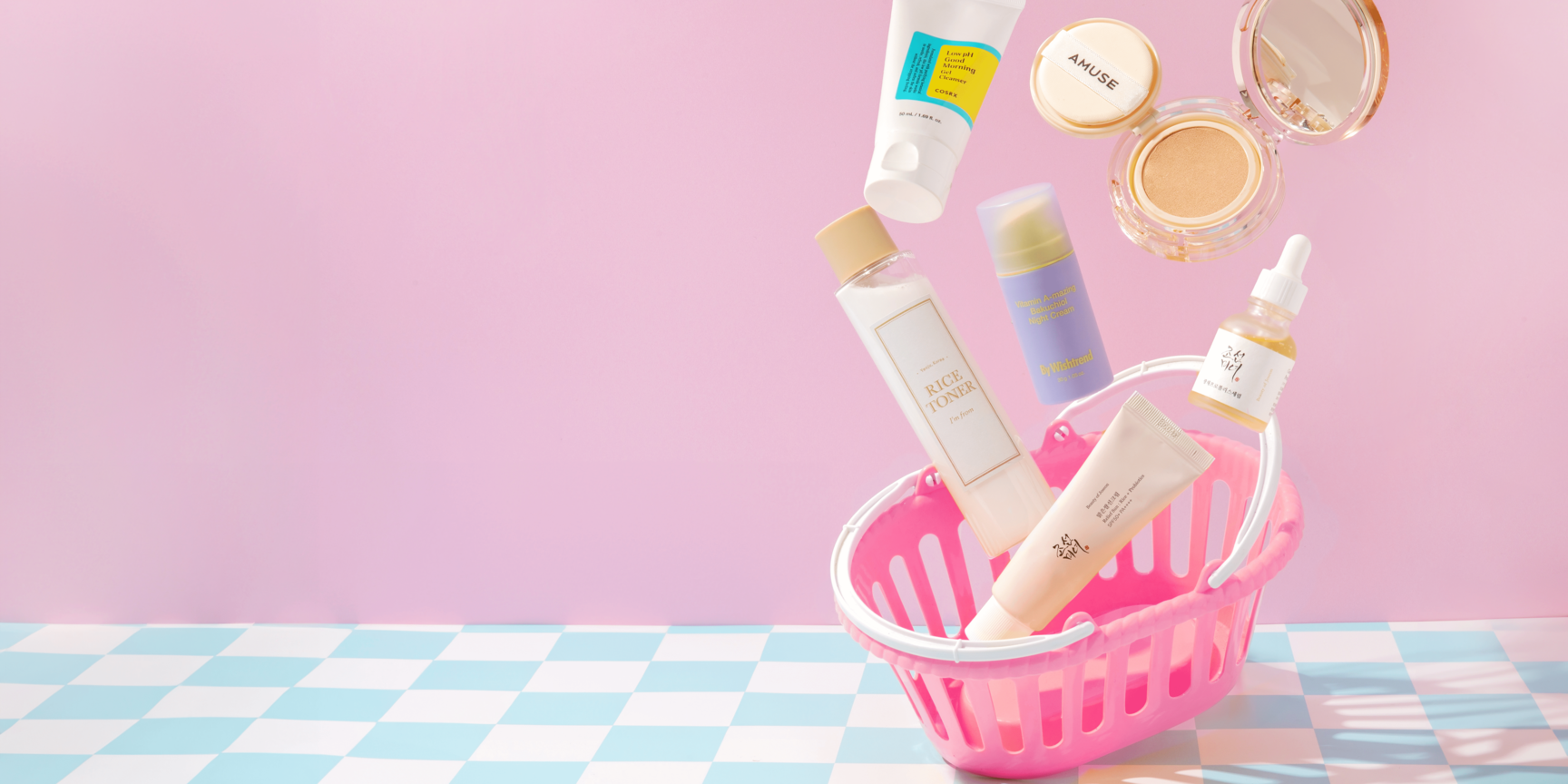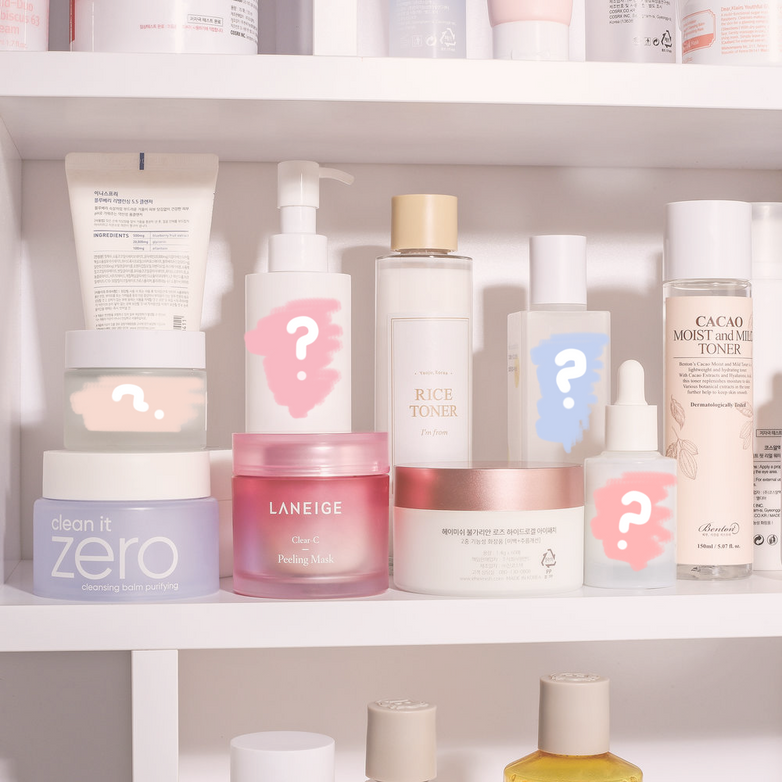BECOME SHELFIE AWARE
Skincare vs Marketing Labels: What Do They Really Mean?
Walking down the skincare aisle at your favourite beauty supply store can be overwhelming. Like most people, the first thing you probably do when you’re looking at a new product is turn it around and read the label. Besides the ingredients, you might be looking for other indicators that will tell you if the product will work for you - a recommended skin type, or some other kind of key word. But what does “non-comedogenic” really mean? How about “dermatologist recommended”? Does it mean what you think it does, or is it a marketing ploy?
The cosmetic and skincare industry is notoriously competitive, and companies will often try to give themselves an edge over other brands by sticking scientific-sounding labels on their products. To help you make informed choices about your skincare, we’re going to decipher some of those labels, taking the guesswork out of what they really mean.

Label 1: “Non-comedogenic”
Easy, right? You’ve likely come to understand this label as “non-clogging”, or “unlikely to cause acne”. What it doesn’t tell you is how the brand tested the product, to what degree the product is non-comedogenic, or whether it will be non-comedogenic for every person who tries it.
There isn’t a specific test all companies need to do to call their product “non-comedogenic”. Tests are done in laboratories under controlled conditions, unlike real life situations. Products tested on humans can be tested on skin on the back (as opposed to the face), and aren’t necessarily tested on people of all skin types.
Whether something is comedogenic depends a lot on its concentration. An ingredient can clog pores on its own, but when diluted and mixed into a product, can have no negative affects. Even if you check each ingredient to ensure it is non-comedogenic, the product itself can still cause a breakout when it reacts with your unique skin chemistry. Coconut oil is rated as “severely comedogenic”, and yet anecdotally, it seems like a lot of people still use it in skincare and don’t have an issue.
So how should we understand the “non-comedogenic” label? Should we ignore it completely? The best thing to do would be to use the label as a guide, especially if your skin is sensitive and very prone to breakouts. However, don’t discount a good product due to an assumption that an ingredient will absolutely cause acne. Since ingredient lists show the ingredients by order of predominance, by the time you get to the 5th or 6th ingredient, it is often in very small amounts and quite diluted.

Label 2: “Fragrance-free” and “unscented”
Some people can be very sensitive to scents, especially those with respiratory issues, such as asthma. Others find that some fragrances can irritate their skin. The explanation most people assume, is that a product labelled “fragrance-free” means it doesn’t contain any scented ingredients. However, this can be very misleading. The label only means that the product can’t contain ingredients for the purpose of scenting a product. That means that it could contain ingredients with fragrance, as long as that ingredient isn’t added solely for the smell. For example, if a botanical oil with a strong smell has another purpose, like it improves the texture of the product, the product can still be labelled “fragrance-free”, since the oil isn’t there only for its smell.
How about “unscented” products? These are products that are formulated to have no smell - but that doesn’t mean it doesn’t contain anything with fragrance in it. It can have scented ingredients if the smell is masked or neutralized by other ingredients. While this is helpful if the smell itself is an issue for you, it isn’t much use for someone whose skin is irritated by scented ingredients.
Unfortunately, neither of these labels guarantees that there won’t be scented ingredients in a product. It may give the impression that a formula is gentler, or less likely to irritate, or less artificial. If your skin is sensitive, you’ll want to look at the ingredient list itself. You might find that your “fragrance-free” and “unscented” products still contain things like botanical oils and other products with fragrance.

Label 3: “Dermatologist tested”
If you’re imagining a whole team of people vigorously testing a product, with strict standards and scientific benchmarks, you’d be wrong. In many countries, a product that is “dermatologist tested” means that a dermatologist must have tried the product, either on themselves, or on a single other person. If they don’t experience a serious adverse reaction, the product can be labelled “dermatologist tested”. There are no minimum number of test subjects needed. The product doesn’t have to be tested on the face. There doesn’t need to be information given on how the test was carried out, how long the product was used for, or how much was used.
If that makes you cringe a little, the good news is that most countries also have specific standards that a product must meet to even be approved for sale. In the EU, any cosmetic product must have a CPNP registration, or it can’t be put on the market. Local and foreign companies must have their products strictly tested if they want to sell their products within the European Union. This ensures that the product is safe for use by the public. However, it doesn’t tell consumers very much about how well it works, and it doesn’t sound as impressive as something labelled “dermatologist tested”.
Just remember, this label tends to carry very little weight. “Dermatologist tested” means the product has been tested by a dermatologist. Possibly on one person. Possibly in tiny amounts.

Label 4: “Natural”
A label that reads “natural” may make you think “eco-friendly”, “clean”, or “chemical-free”, but the truth is that the term legally doesn’t mean anything. There aren’t a lot of regulations on the term, so it really means whatever the brand wants it to mean.
A product containing one natural ingredient can use the label “natural”, even if the ingredient is present in tiny amounts. It can also contain chemicals as well. Ingredients might have originally been from natural sources, but were chemically processed. The idea that a product with the word “natural” on it will be free of synthetic ingredients, chemicals, dyes, or certain preservatives is certainly attractive, but not necessarily true.
In this case, you may want products sporting more specific labels, such as “vegan”, “eco-friendly”, or “all natural, organic”. There is a little less wiggle room to interpret these, so it may be closer to what you’re looking for. The only way to know for sure would be to be savvy with reading and understanding ingredient lists, or to look for an official certification mark. There are also well-reviewed, well-trusted brands that focus on natural ingredients.
Remember that a naturally-sourced product doesn’t mean it will be hypoallergenic, or non-irritating. There are oils and botanical extracts that are more or less well-tolerated, depending on your skin. There are also sometimes synthetic ingredients in skincare to ensure products are properly preserved, reducing the risk of mold. Some ingredients are also processed for efficiency, so they can be more readily absorbed into the skin. Don’t discount everything that isn’t naturally sourced as unhealthy, and don’t assume that an all-natural product will work for everyone.
Regardless of what a label claims, there are clearly many ways in which a term can be interpreted. Brands can put words on their packaging to make a product seem healthier, or more effective, but the truth is these terms are largely unregulated. While they might serve as a guideline, there really isn’t any promotional label you can put on a product that will universally work for everyone. If you have sensitive skin, it’s always safest to do a patch test first. We all have different skin, so your best bet is to learn your ingredients so you can make informed decisions without relying on the promotional packaging.









































